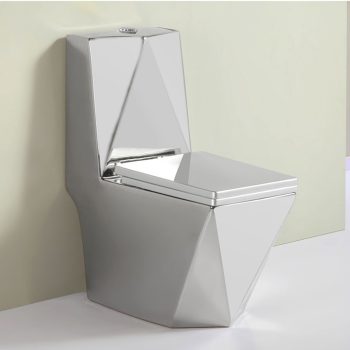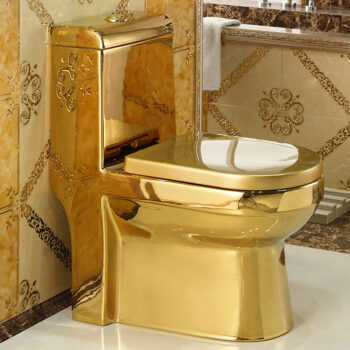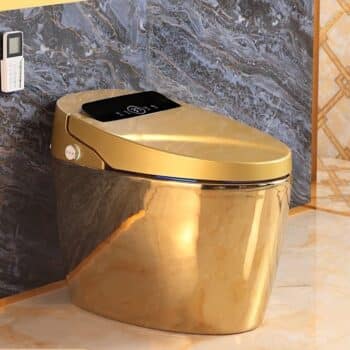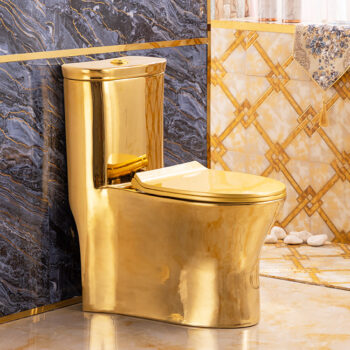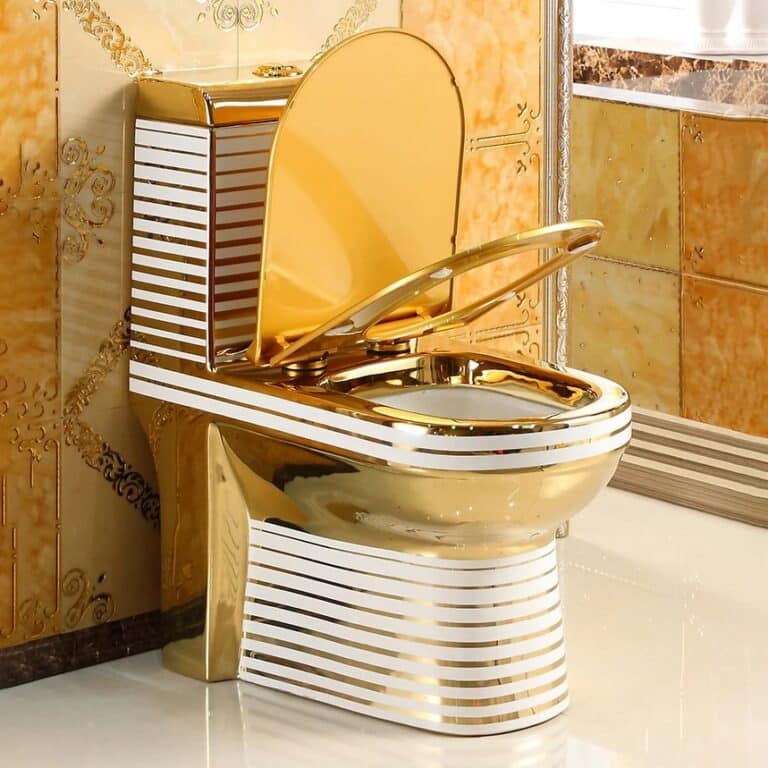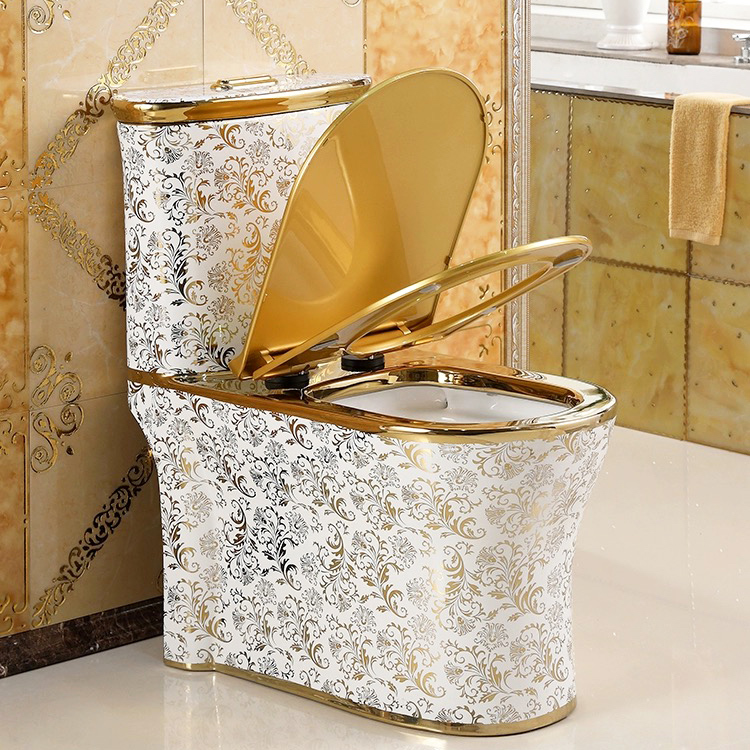What are the disadvantages of smart toilets?
The Unflushed Truth: Unpacking the Disadvantages of Smart Toilets
Smart toilets, once a futuristic fantasy, are increasingly finding their way into modern bathrooms. Promising enhanced hygiene, personalized comfort, and even health monitoring capabilities, they represent a significant leap from their traditional counterparts. With features like heated seats, automatic flushing, bidet functions, and even built-in music players, they offer a tantalizing glimpse into the future of personal sanitation. However, beneath the sleek design and impressive technology lies a less glamorous truth: smart toilets come with a significant set of disadvantages that potential buyers must carefully consider before taking the plunge.
While the allure of a self-cleaning, temperature-controlled throne is undeniable, the reality of owning a smart toilet presents a complex equation of benefits versus drawbacks. This article delves into the often-overlooked disadvantages of these technologically advanced commodes, exploring the financial, practical, and even psychological implications of embracing this bathroom innovation.
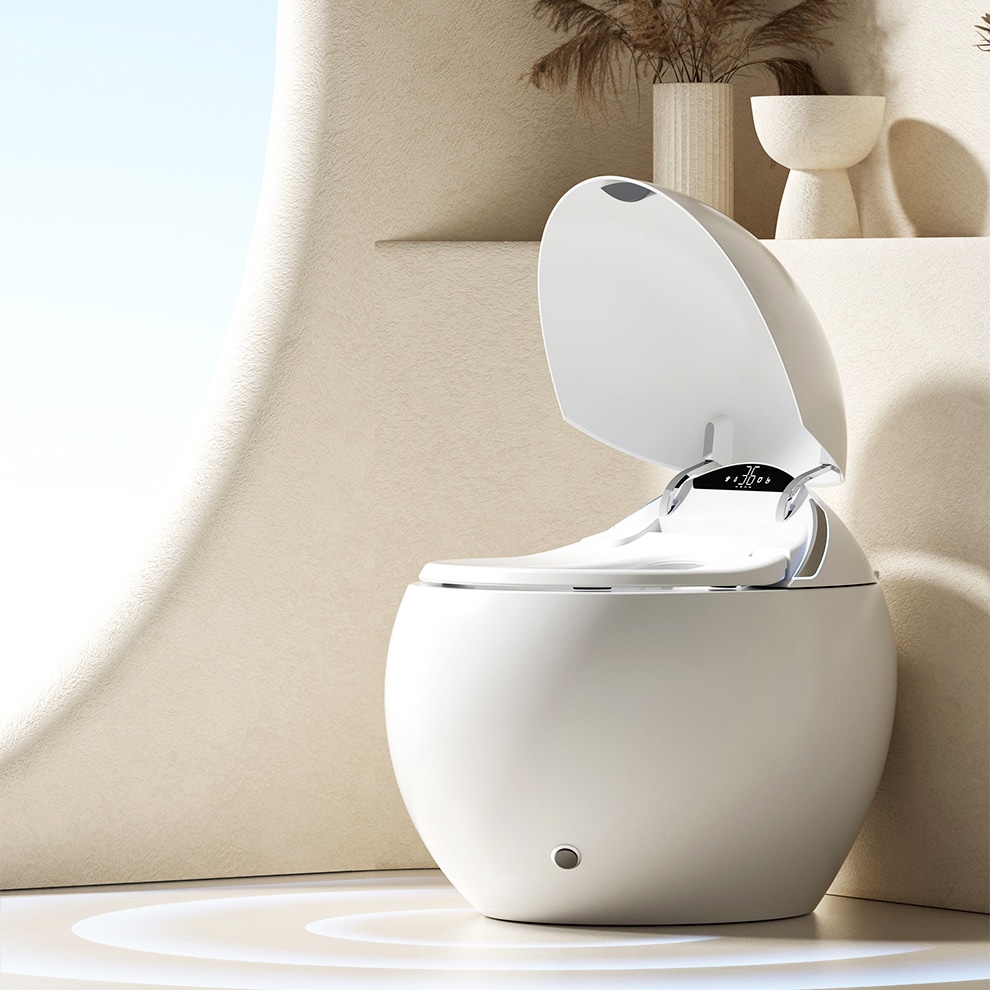
The Steep Price of Innovation: Financial Disadvantages
The most immediate and significant barrier to entry for most consumers is the hefty price tag associated with smart toilets. Compared to traditional toilets, which can range from a few hundred to a couple of thousand dollars for high-end models, smart toilets typically start in the low thousands and can easily climb to upwards of $10,000 or even $20,000 for models with all the bells and whistles. This initial investment represents a substantial financial commitment, making smart toilets a luxury item far beyond the reach of the average homeowner.
Beyond the initial purchase price, the financial burden of owning a smart toilet extends to installation and maintenance. Unlike standard toilets, smart toilets often require specialized plumbing and electrical work. This can involve hiring licensed professionals, adding significant costs to the overall project. Depending on the model and existing bathroom infrastructure, rewiring or adding dedicated electrical outlets might be necessary, further inflating the installation expenses.
Maintenance costs are another often-underestimated factor. Smart toilets are complex electronic devices with numerous moving parts, heating elements, and water filtration systems. These components are susceptible to wear and tear, and repairs can be costly, often requiring specialized technicians familiar with the specific brand and model. Replacing malfunctioning sensors, heating elements, or even circuit boards can run into hundreds or even thousands of dollars, making long-term ownership significantly more expensive than a traditional toilet.
Furthermore, smart toilets often incorporate proprietary parts and filters that need periodic replacement. These consumables, such as water filters or deodorizer cartridges, add to the ongoing cost of ownership. While seemingly small individually, these recurring expenses can accumulate over time, further widening the financial gap between smart and traditional toilets. While some sources suggest potential long-term savings through reduced water usage due to efficient flushing and bidet functions, the initial and ongoing costs often outweigh these potential savings, especially when considering the lifespan and potential for technological obsolescence.
Complexity and Dependence: Practical Disadvantages
The very features that make smart toilets appealing also contribute to their practical disadvantages. Their reliance on electricity is a major point of concern. In the event of a power outage, many of the core functionalities, such as flushing, bidet operation, and seat heating, become inoperable, rendering the “smart” toilet essentially a very expensive, non-flushing fixture. This can be a significant inconvenience, particularly in areas prone to power disruptions. While some models may have a manual flush override, it often requires specific knowledge and might not be as effective as the automated system.
The complexity of smart toilets also increases the likelihood of malfunctions. With their intricate network of sensors, motors, and electronic controls, there are more points of failure compared to the simple mechanics of a traditional toilet. When a smart toilet breaks down, diagnosing and repairing the issue can be challenging and time-consuming. Finding qualified technicians who specialize in smart toilet repair can be difficult, potentially leading to prolonged periods of inconvenience.
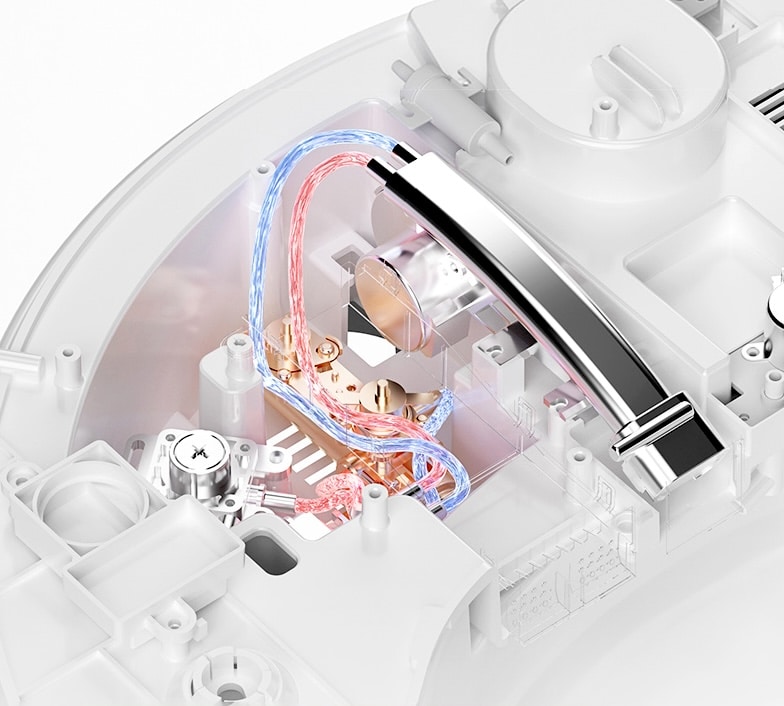
The user interface, often involving buttons, remote controls, or even smartphone apps, can also present challenges. While manufacturers strive for intuitive designs, navigating the various settings and functions can be confusing, especially for elderly users or those less comfortable with technology. The reliance on digital interfaces also means that a software glitch or a malfunctioning remote can render the entire system partially or completely unusable.
Cleaning a smart toilet, despite the self-cleaning features, can also be more complex than cleaning a traditional toilet. The numerous nooks and crannies around the electronic components and bidet nozzles can be harder to reach and clean thoroughly. Special care must be taken to avoid damaging the electronic parts while cleaning, potentially requiring specific cleaning products and techniques.
The Privacy Puzzle and Security Concerns: Digital Disadvantages
In an increasingly connected world, the integration of technology into even our toilets raises concerns about privacy and security. Some smart toilets collect data on usage patterns, water temperature preferences, and even potentially health-related information through sensors designed for urine analysis or stool consistency monitoring. While manufacturers often claim this data is anonymized and used for improving product functionality or offering personalized insights, the potential for data breaches or misuse cannot be entirely dismissed.
The connection of smart toilets to home Wi-Fi networks opens them up to potential cybersecurity risks. Like any other internet-connected device, smart toilets can be vulnerable to hacking, albeit perhaps not a primary target. However, the possibility of malicious actors gaining access to personal data or even disrupting the toilet’s functions, while seemingly far-fetched, is a legitimate concern in an era of increasing cyber threats.
The microphones and cameras present in some high-end smart toilets, intended for voice control or even personal hygiene checks, raise even more significant privacy red flags. The potential for unauthorized recording or surveillance in such an intimate space is deeply unsettling and requires careful consideration of the manufacturer’s security protocols and data handling practices. Consumers need to be fully aware of the data a smart toilet collects, how it is stored and used, and the security measures in place to protect it.
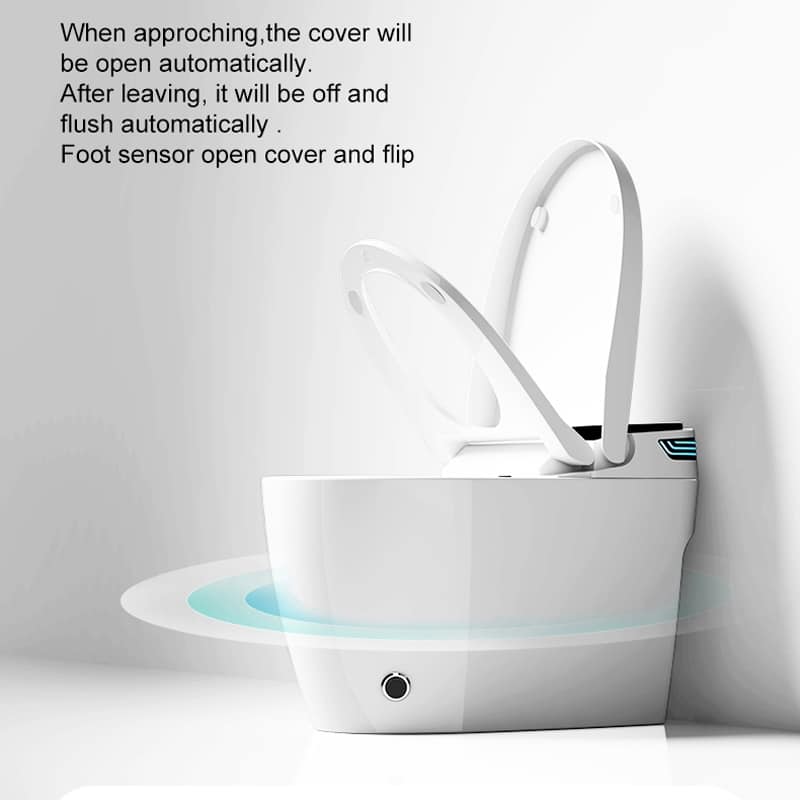
Ergonomic and Psychological Considerations
While smart toilets aim to enhance comfort, their design and features can sometimes present ergonomic challenges. The inclusion of numerous electronic components can sometimes result in a larger and bulkier design compared to traditional toilets, which might not be suitable for smaller bathrooms or individuals with mobility issues. The seat shape and height, often designed to accommodate the bidet nozzle, might not be universally comfortable for all users.
Furthermore, the reliance on technology for such a basic bodily function can create a sense of dependence and even anxiety. The thought of the toilet malfunctioning or being unusable due to a power outage or technical issue can be a source of stress. Some users might also find the automated features, such as automatic flushing or seat lifting, to be overly sensitive or even startling.
The introduction of complex technology into the bathroom environment can also alter the perception of this space. Instead of a simple and functional room, it can become a place associated with technology, potential malfunctions, and privacy concerns. This shift in perception might not be welcomed by all users.
Environmental Impact: A Mixed Bag
While smart toilets often boast water-saving features through efficient flushing and bidet functions that reduce the need for toilet paper, their overall environmental impact is not entirely positive. The manufacturing process of these complex electronic devices requires significant energy and resources, including rare earth metals. The embedded energy in the electronics contributes to their carbon footprint.
Furthermore, the disposal of smart toilets presents a challenge. Unlike traditional toilets made primarily of ceramic, smart toilets contain electronic components, batteries, and plastics that require specialized recycling processes. Improper disposal can lead to environmental pollution and the release of hazardous materials. The shorter lifespan of electronic components compared to ceramic fixtures also means that smart toilets might need replacement more frequently, contributing to electronic waste.
While the water-saving aspect can be beneficial in water-scarce regions, a comprehensive life cycle assessment is needed to fully understand the environmental impact of smart toilets compared to traditional models.
The Learning Curve and Resistance to Change
Adopting a smart toilet requires users to learn a new set of functionalities and potentially adapt their bathroom habits. While some might embrace the technological advancements, others, particularly older generations or those less comfortable with technology, might find the learning curve steep and the new features unnecessary or even intimidating. The resistance to change and the perceived complexity can be a significant barrier to adoption for some households.
Conclusion: Weighing the “Smart” Against the Disadvantages
Smart toilets offer a compelling vision of the future bathroom, promising enhanced hygiene, comfort, and convenience. However, a thorough evaluation reveals a significant list of disadvantages that cannot be ignored. The high cost of purchase, installation, and maintenance, coupled with the reliance on electricity and the potential for malfunctions, presents practical challenges. Privacy and security concerns related to data collection and network connectivity are also important considerations. Ergonomic issues, potential psychological dependence, and a complex environmental footprint further complicate the picture.
Ultimately, the decision of whether or not to invest in a smart toilet is a personal one. While the allure of advanced features is strong, potential buyers must carefully weigh these benefits against the significant disadvantages. The high cost, potential for breakdowns, and the need for specialized maintenance make smart toilets a luxury item with practical drawbacks. As technology continues to evolve and prices potentially decrease, smart toilets might become more accessible and mainstream. However, for now, the unflushed truth remains: while innovative and appealing, smart toilets come with a substantial set of disadvantages that require careful consideration before embracing this futuristic bathroom upgrade.




